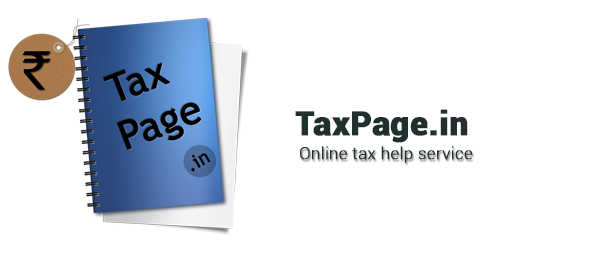Goods and Service Tax: A Dual Tax System
It is proposed in the report submitted by the Joint Working Group of the Empowered Committee of the State Finance Ministers in November 2007, was to be implemented in April 2010, one for the Centre and other for the states replacing the state VAT and Cenvat. However, the final decision on the time of its implementation is still pending as it is hanging between the ruling and opposition party due to certain undecided terms and conditions.
GST is a value added tax to be levied on both goods and services, except the exempted goods and services. The tax will be levied on the value of the product or service supplied. The taxes levied at the multiple stages such as CENVAT, Central sales tax, State Sales Tax, Octroi etc will be replaced by GST to be introduced at Central and State level.
Why & How GST will be better than existing tax structure?
The single comprehensive tax is expected to give following advantages over and above the existing tax structure-
- Dual model GST under federal structure i.e. CGST & SGST,
- Elimination of cascading effects of the taxes,
- CGST & SGST to be charged on the same price,
- Set-off relief fully captured,
- Destination based tax structure,
- Free movement of goods & service throughout the country,
- Applicable to all transactions of Goods & Services with some exceptions,
- Input tax credit (ITC) for the CGST/SGST and could be utilized for payment of CGST/SGST, but cross utilization not allowed, except IGST
- Inter-State GST (IGST) –new model for Interstate transactions
- It will also improve the International cost competitiveness of native Goods and Services.
Government Has Released Model Draft of Proposed GST Act, 2016 and the 130 pages report has been divided into 14 parts, 81 sections, 3 schedules and GST Valuation(Determination of the value of Supply of Goods and Services) Rules 2016.
GST applicable on ‘supply of goods and services’
S. 3- Meaning and Scope of Supply
Supply includes supply of goods and services, it includes all forms of supplies—
– Sale
– Transfer
– Barter
– Exchange
– License
– Rental
– Lease
– Disposal
– Importation of services
- Made or
- agreed to be made
- for a consideration by a person in the course or furtherance of business
Schedule 1: Matters to be treated as supply even without consideration
1. Permanent transfer/ disposal of business assets
2. Temporary application of business assets to a private or non-business use
3. Services put to a private or non-business use
4. Self-supply of goods and or services
5. Assets retained after de-registration
Schedule 2: Explanation
Supply of goods | Supply of services |
Transfer of title of goods Transfer of title of goods under an agreement of transferring property in goods at a future date Transfer of Business Assets with or without any consideration Which are no longer required By/ under directions of the person carrying on business
| Transfer of goods / transfer of rights in goods/ undivided share of goods without transferring title of goods.
– Put to any private use – Made available to any person for use – For any purpose other than the business purpose – With or without any consideration |
GST payable as per time of supply
The liability to pay CGST / SGST will arise at the time of supply as determined in the provisions prescribed separately for Goods and Services.
S. 11- Time of Supply of Goods
♠ On the basis of the Movement of Goods
| Goods required to be moved | Goods not required to be moved |
| Date on which goods is removed by the supplier for supply to the buyer | Date on which goods is made available to the buyer |
♠ On the basis of transactions- either of the following:
| Date of issue of invoice by supplier |
| Date of receipt of payment by supplier |
| Date of receipt of goods entered into books of accounts of buyer |
♠ On the basis of continuous supply of goods
| Successive statement of accounts and payments involved | Successive statement of accounts and payments not involved |
|
Whichever is earlier. |
♠ When goods are sent or taken on approval or sale or return or similar terms
| In this goods are removed before it is known whether the supply will take place |
Whichever is earlier. |
♠ In any other case—
| Periodical return has to be filed | Periodical return not to be filed |
|
|
S. 12- Time of supply of services
♠ On the basis of issue of invoice
| Invoice issued within the prescribed period | Invoice not issued within the prescribed period | In other case |
|
|
|
♠ On the basis of continuous supply of services
| If the due date is ascertainable | If the due date is not ascertainable |
|
|
♠ In other situations
| The payment is linked to the completion of an event | If tax is paid on reverse charge basis | Supply ceases before completion of service |
| When the event gets completed | Earliest of-
| At the time of cessation |
♠ In any other case
| Periodical return has to be filed | Periodical return not to be filed |
|
|
Challenges ahead— Majority of the parties and co-operation from state government are the biggest challenges in front of the present Govt for implementing the GST as the proposed legislation needs to be passed by a two-third’s majority in both houses of parliament and ratified by more than half of the state assemblies.
